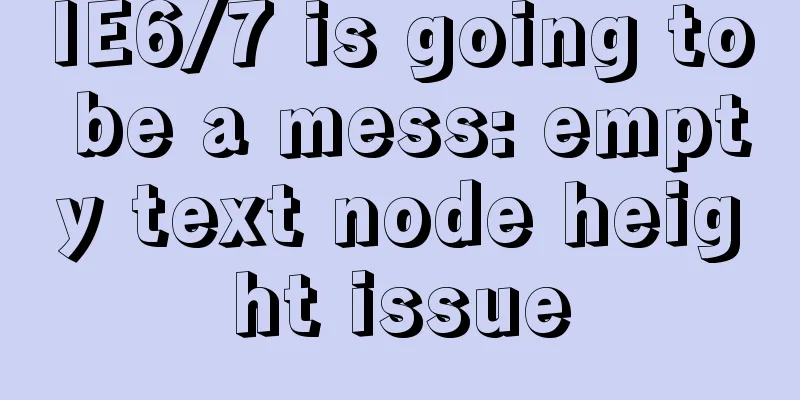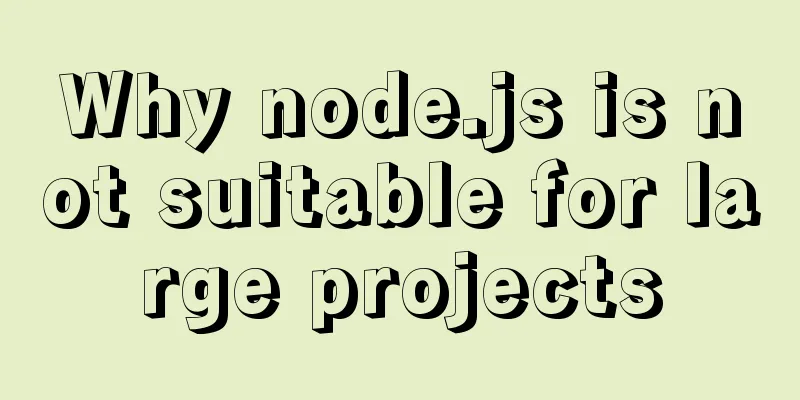CSS3 filter (filter) to achieve the sample code of gray or black mode of web page

front endcss3,filter can not only achieve the gray effect of web pages, but also assist in achieving the night mode effect. Let’s see how to implement it! Introduction to filter propertiesfilter: none | blur() | brightness() | contrast() | drop-shadow() | grayscale() | hue-rotate() | invert() | opacity() | saturate() | sepia() | url(); Tip: Use spaces to separate multiple filters. Website gray effectThis effects blog was first created when I was summarizing the commonly used CSS effects. It can be easily achieved with the following code! The code is as follows:
html {
filter: grayscale(100%); //IE browser-webkit-filter: grayscale(100%); //Google browser-moz-filter: grayscale(100%); //Firefox-ms-filter: grayscale(100%);
-o-filter: grayscale(100%);
filter:progid:DXImageTransform.Microsoft.BasicImage(grayscale=1);
-webkit-filter: grayscale(1); // Google Chrome}Compared with the gray effect, the night mode is a little more difficult to achieve! Night mode judgment If it is pure web, you can use the prefers-color-scheme query statement in modern browsers. The syntax is as follows:
For example:
/* Dark mode */
@media (prefers-color-scheme: dark) {
body { background: #333; color: white; }
}
/* Light mode */
@media (prefers-color-scheme: light) {
body { background: white; color: #333; }
}If you need to determine the system's dark or light theme in JavaScript code, you can use the native window.matchMedia() method, for example:
// Whether to support dark mode // Return true or false
window.matchMedia("(prefers-color-scheme: dark)").matches;Night Mode Code
html {
filter: invert(1) hue-rotate(.5turn);
}After that, the picture will be reversed, which is very ugly.
img {
filter: invert(1) hue-rotate(.5turn);
}Add another layer to the picture, and it will be right side up, so the pure picture will be fine Therefore, the combination can be set up like this:
html, img {
filter: invert(1) hue-rotate(.5turn);
}
img {
opacity: .75;
}But there is a problem with the background image and the black shadow. For the background image, you can set it as follows:
@media (prefers-color-scheme: dark) {
html, img {
filter: invert(1) hue-rotate(180deg);
}
.bgfilter{
filter: invert(1) hue-rotate(180deg);
}
.some-ele-box {
box-shadow: none;
}
}questionThe above settings are only for light backgrounds, and will not work for no background or transparent backgrounds. In addition, special processing is required for each style. For example, you can use the filter as a global variable to perfectly match the night mode. For example:
@media (prefers-color-scheme: dark) {
html {
filter:invert(1) hue-rotate(180deg)
}
.dark-img,img {
filter: invert(1) hue-rotate(180deg)
}
// Special processing for background images // Special processing for global colors // background-color: var(--darkColor)
}This concludes this article about how to use CSS3 filter to create a gray or black mode on a web page. For more information about CSS3 filter, please search previous articles on 123WORDPRESS.COM or continue browsing the following related articles. We hope that you will support 123WORDPRESS.COM in the future! |
<<: Summary of WEBAPP development skills (notes for mobile website development)
>>: Detailed explanation of angular two-way binding
Recommend
How to use JavaScript to get the most repeated characters in a string
Table of contents topic analyze Objects of use So...
Specific method of viewing user authorization information in mysql
Specific method: 1. Open Command Prompt 2. Enter ...
How to embed other web pages in a web page using iframe
How to use iframe: Copy code The code is as follo...
JS implements WeChat's "shit bombing" function
Hello everyone, I am Qiufeng. Recently, WeChat ha...
Native JS to achieve image marquee effects
Today I will share with you a picture marquee eff...
Detailed explanation of common for loop in JavaScript statements
There are many loop statements in JavaScript, inc...
Detailed explanation of React event binding
1. What is In react applications, event names are...
Docker configuration Alibaba Cloud image acceleration pull implementation
Today I used docker to pull the image, but the sp...
Analysis of the use of the MySQL database show processlist command
In actual project development, if we have a lot o...
Example of using negative margin to achieve average layout in CSS
For evenly distributed layouts, we generally use ...
How to modify the forgotten password when installing MySQL on Mac
1. Install MySQL database on mac 1. Download MySQ...
Deleting two images with the same id in docker
When I created a Docker container today, I accide...
Bootstrap 3.0 study notes buttons and drop-down menus
The previous article was a simple review of the B...
5 JavaScript Ways to Flatten Arrays
Table of contents 1. Concept of array flattening ...
A brief discussion on MySql views, triggers and stored procedures
view What is a view? What is the role of a view? ...









